Great time at Chaz & AJ Monthly Meal at Stone’s Throw in Seymour! Happy Birthday Pam!


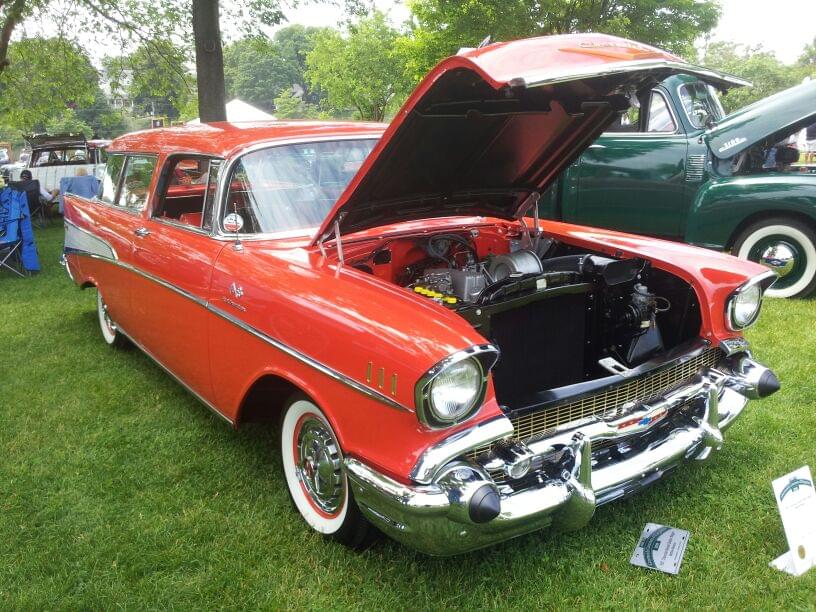
Car: Chevrolet Nomad Fuel Injection
Year: 1957
What makes it special: The Chevrolet Nomad was not only a style icon, but influenced the “Hatchback” styling of car models in later years. The station wagon was made periodically from model years 1955 to 1972 in various forms, and also in Van form in the late 1970’s and early 80’s. During the tri-five years of 1955 to 1957 it was considered a “Halo model” because of the effect it produced on selling other cars within General Motors.
What made it famous: The Chevrolet Nomad was unique because it was a station wagon whose styling was more like a hardtop sedan. It influenced sister GM company Pontiac to produce their “Safari” model in 1956. The 1957 Chevrolet is already an icon, world-recognized for it’s rear tailfins. For ’57, the V8 grew to 283 cu in from the previous 265 V8, and the Super Turbo Fire V8 produced 283 hp with the factory-option addition of continuous fuel injection (Like the car shown in the photo.) Known as “Fuelies,” these are pretty rare to find, since most buyers opted for the regular carburation V8’s. The Nomad was considered a milestone design, but was discontinued due to a whole new body design and chassis for the 1958 model year.
Why I would want one: Three reasons: It’s a milestone design year, it’s a fuelie, and it’s rare. Enuff said.
Fun fact: The top brass at GM felt it would be better suited if the Nomad name was more associated with their top-of-the-line Bel Air model, so it’s not weird to hear someone refer to one as a “Chevrolet Bel Air Nomad.”
Powered by Dragone Classic Motor Cars

Dennis House and WFSB cover the tolls, with technical difficulties (0:00), meet Ashley – trying out for Pam’s job (11:29), Stoshball tells Ashley what she needs to know about the show, micro wrestling, Derby Mayor Rich Dziekan, plus Stoshball gets kicked out of the studio (20:34), Ashley’s terrible radio demo (51:18), and Dumb Ass News – Motley Crue’s Vince Neil struggles to sing properly (59:55).
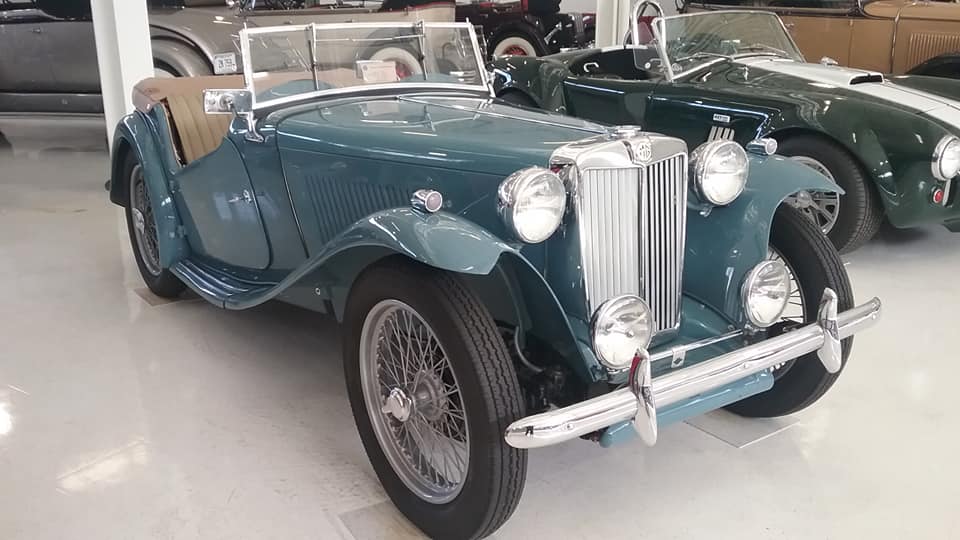
Car: MG TC EXC Roadster ( Car shown at Dragone Classic Motorcars in Orange )
Year: 1949
What makes it special: The MG TC is the car credited with starting the sports car craze in the U.S. after servicemen brought them home after the war and began racing them. The EXU was produced in small numbers with just 300 made, and were made specifically for export to the U.S., and actually had a starring role in such movies as “The Way We Were” and raced by big names like Carroll Shelby, who went on to create his own line of Shelby race cars, such as the famed Shelby Cobra.
What made famous: Coded as “EXU” for Export Unit, the MG TC EXU was powered by a 70 bhp, 1,250 cc OHV inline four-cylinder engine with an Arnott supercharger, manual gearbox, live axle suspension with semi-elliptic leaf springs, and four-wheel disc brakes.
Why I would want one: To me, this is the epitome of “British Sports Car.” This conjures up images of speeding along a winding road.
Fun fact: Britain’s “Export or Die” mantra was why MG developed the TC Roadster specifically for the hot American market.
Powered by Dragone Classic Motor Cars
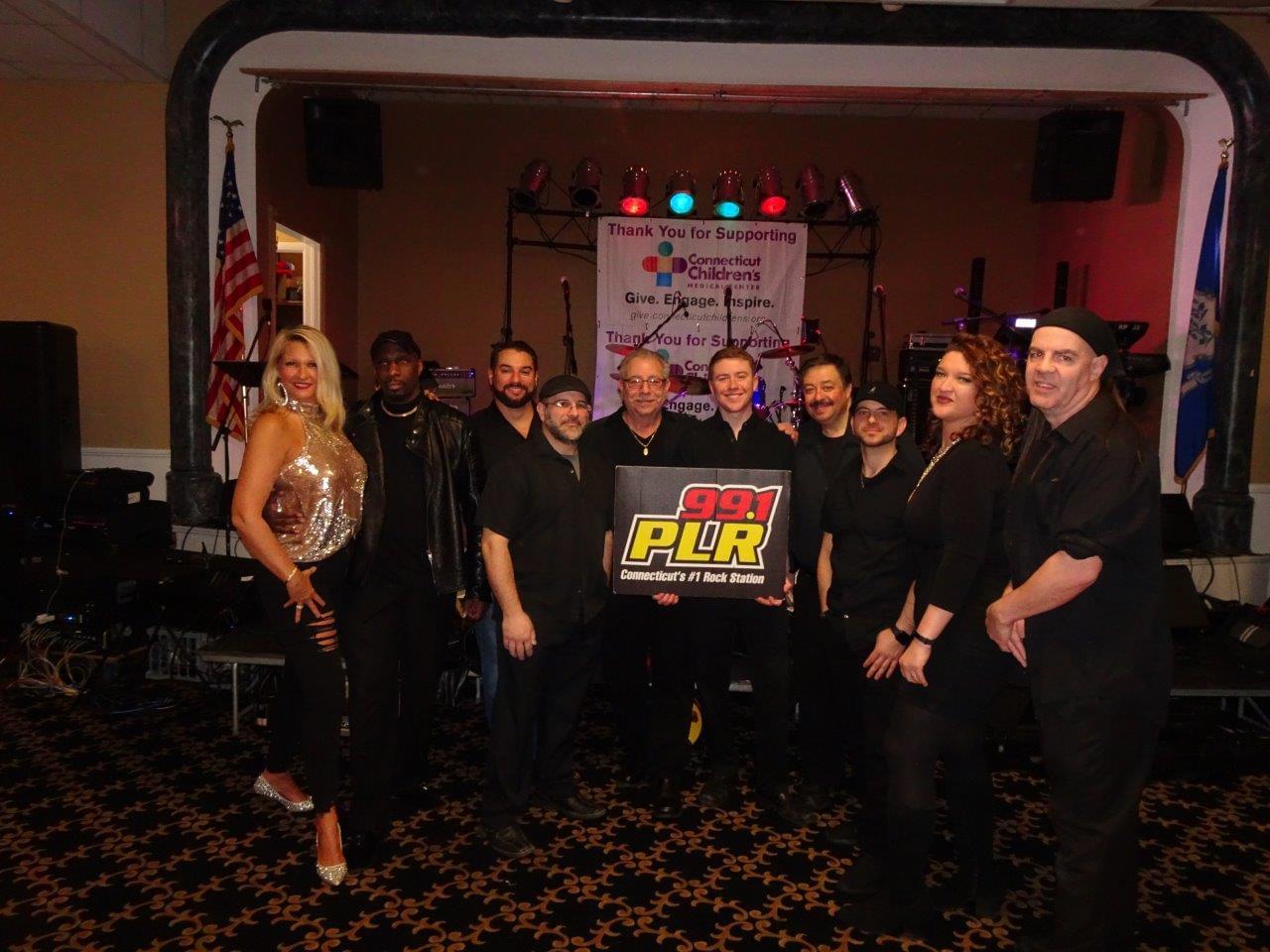


Senator Osten’s logic on tolls (0:00), Chaz’s flu-ridden weekend watching “The 40-Year-Old Virgin” (4:06), Dumb Ass News – “Florida Man” viral trend (11:35), Pam’s off to the Coast Guard soon, how has she prepared so far? (16:07), Street Pete with audio from the KISS show at Mohegan Sun (29:35), and Dumb Ass News – the Subway thief, and an angry manager throws a sandwich (48:14).
Image: Drew Carrano/wplr.com
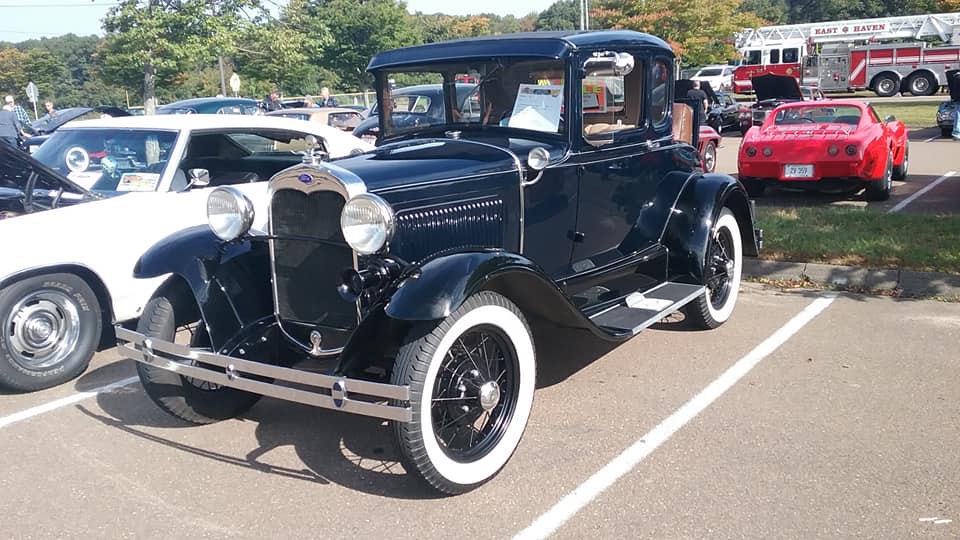
Car: Ford Model A 5-Window Rumble-Seat Coupe
Year: 1930
What makes it special: After the success of the Model T, Ford’s Model A was the second success story for the Ford Motor Company beginning in 1927. The models originally ran in two different body styles: Tudor or Town Car with dual cowls. By the 1930 model year and 3 million sold, there were nine body styles available.
What made it famous: The Model A was the first production Ford using standard driver controls of a clutch, brake, accelerator pedal and manual gearshift. A 40 hp, water-cooled L-Head 201 cu in Inline-4 cylinder powered the Model A, with a top speed of around 65 mph. Model A’s came in a Standard and Deluxe Coupe, Business Coupe, Sports Coupe, Standard and Deluxe Roadster Coupe, Convertible Cabriolet, Convertible Sedan, Standard and Deluxe Phaeton, Standard and Deluxe Tudor Sedan, Town Car, Five-Window Standard and Three-Window Deluxe Fordor, Victoria, Town Sedan, Station Wagon, Taxi Cab, Truck, and Commercial body styles.
Why I would want one: It’s a piece of history. It’s an icon.
Fun fact: Ford’s production of the Model A ended in 1932 after close to 5 million were made to make way for the Model B.
Powered by Dragone Classic Motor Cars

Check out the list of the best Mötley Crüe songs as you voted

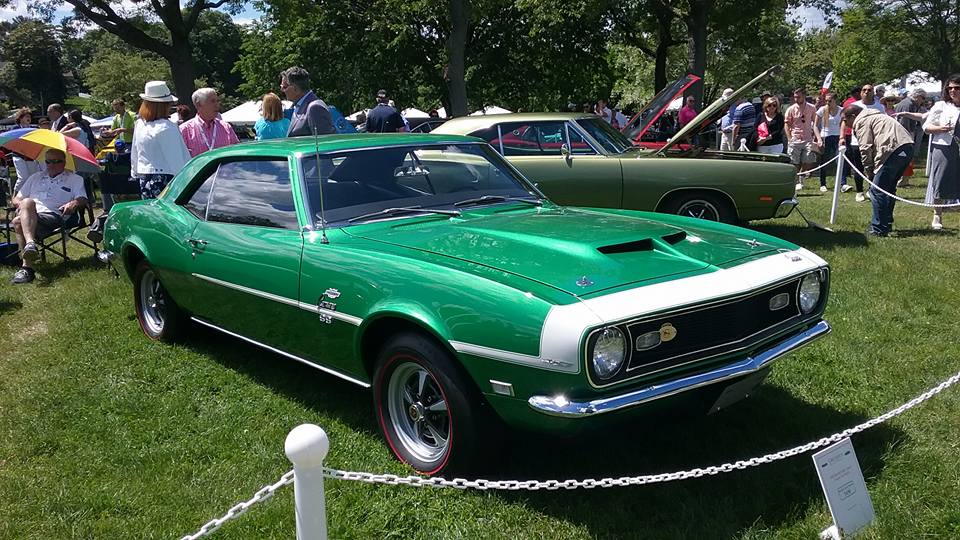
Car: Yenko Chevrolet Super Camaro Coupe
Year: 1968
What makes it special: The Yenko Super Camaro was a modified Chevrolet Camaro prepared by Yenko Chevrolet, developed by the dealership owner and racer, Don Yenko. When the Camaro debuted, a General Motors corporate edict prevented it from carrying an engine larger than 400 cu in V8. Don Yenko and others knew there was a market for a more powerful Camaro and found ways around the GM limit. Yenko ordered L78 equipped SS Camaros and swapped in the Chevrolet Corvette’s L72 427 V8. The cars came with a 4.10 rear end and heavy-duty suspension. The approximate number of cars produced is 106. Yenko also installed a fiberglass replacement hood similar to the “Stinger” hood featured on 1967 big-block Corvettes.
What made it famous: Encouraged by the success of the 1967 model, Yenko continued to produce his Yenko Super Camaros for 1968. The 1968 Yenko Super Camaros started life as Super Sports with L78 396 cu in 375 hp hp engine and close ratio 4-speed Muncie transmission. Yenko also ordered the cars with COPO 9737 which included a 140 mph speedometer, a larger 1 1/8th inch front anti-sway bar, and a special trim tag. Yenko swapped out the factory 396 short-block for the L72 427 cu in 450 hp short-block reusing the rest of the 396 engine’s components including the heads, carburetor, intake manifold, etc. He swapped the stock hood for a twin-snorkel fiberglass hood and added Pontiac’s 14″x6″ steel wheels with special Yenko caps, Yenko emblems gracing the front grill, front fenders and tail panel. 427 emblems were added to the tail panel and front fenders as well. The cars had a Yenko Super Camaro serial-numbered tag in the driver’s side door jamb and Stewart Warner pedestal-mounted tachometer and gauges were installed in the interior. Early cars got a rear spoiler made for Yenko and later cars all got the factory spoilers front and rear. The recognized production number for these cars is approximately 64 cars converted, with well less than half of that number known to exist today.
Why I would want one: Let’s see. Rare, 427 V8…Yenko. Do the math.
Fun fact: A new Yenko Camaro based on the new 2010 Camaro platform was introduced at SEMA 2009.
Powered by Dragone Classic Motor Cars